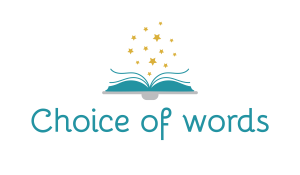
Buying jewellery is rarely about logic or sense.
Victoria Finlay ‘Buried Treasure’
The world of high-end jewellery seems extremely glamorous, and rightly so. The sparkling diamonds, the intricate designs, the centuries-old techniques, exceptional craftsmanship and savoir-faire… Translating about jewellery is a fascinating process, but it is far from easy and here’s why.
Striking the right tone
Designing a collection of jewellery pieces is a long process and so much goes into it – finding inspiration, drawing designs, making prototypes, creating a finished product and delighting clients with your offer. All of this has to find a way into the translated copy, in Russian or any other language. The power of words shouldn’t be underestimated: they can make your potential clients fall in love with your brand and your products or scoff and click away, if the copy is badly translated or if the tone of voice is over the top or simply inauthentic.
Investing in excellent copy in the original language will make it easier for a translator to recreate the evocative power of exceptional jewellery pieces. That said, a lot of thought has to go into the translation process as well to produce copy that flows beautifully and naturally.
The art of storytelling
Victoria Finlay in her book ‘Buried Treasure’ says that ‘the desire for, and sometimes veneration of, pretty stones is simply a matter of human storytelling.’ Having worked on several projects for some of the biggest jewellery brands, I couldn’t agree more.
In fact, storytelling is so important, that the product descriptions always focus on the story behind a new creation, while the features, such as the number of stones and weight in carats are usually listed further down. Nobody buys a piece of jewellery for the number of stones and carats in it – people buy jewellery because of what it stands for, the story it tells and the way it makes them feel. So in terms of the FAB model (Features, Advantages and Benefits), benefits and advantages have to come before the features.
Technical knowledge
When a website translation is commissioned, product descriptions usually make up a large part of it. And in addition to the storytelling element they often contain technical details, such as names of stones and types of cuts, especially diamond cuts. These can sometimes be problematic.
Diamond cuts
For instance, the English “brilliant-cut diamond” needs a very careful translation into Russian, because “diamond” is «бриллиант» (literally “a brilliant”) in English. You don’t want to end up with a “brilliant-cut brilliant”, so a better option is «бриллиант классической огранки» (“classic-cut diamond”).

Source: www.katerinaperez.com
Carats and karats
Also, the word “carat” or “ct” doesn’t usually cause any problems in English, but Russian translators need to be very careful, especially where decimal numbers are concerned. If the English description of a diamond says “Weight: 12.05 ct”, for example, it has to be «Вес: 12,05 карата». That last letter is important if you care about quality of your products and your translations. I once had to correct descriptions of every single piece of jewellery on a client’s website because this one letter was missing!
Gold purity
Another thing to bear in mind when it comes to jewellery texts relates to the gold purity, which is measured in karats in the UK and the US, but many European countries – as well as Russia and the former CIS countries – use decimal hallmark stamps (e.g. “585”, “750”, etc.) rather than “14K”, “18K”, etc. Established jewellery maisons handle this in different ways: some opt for the Russian equivalents (for example, «золото 750 пробы», like Boucheron). Brands like Cartier and Van Cleef & Arpels, however, are using karats in their Russian translations. This, in my opinion, elevates the jewellery pieces making them seem more elaborate and desirable.
The untranslatables
When translating a website or any other marketing materials, it would be reasonable to think that everything requires translating. However, from my experience, it often makes sense to keep collection names in the original language, usually English or French. For better or for worse, translating or transliterating them seldom works, whereas keeping them in English or French gives a brand more gravitas and makes it more desirable. Yes, the customers might not know how to pronounce the name of the collection, but it will have an unmistakable sophisticated flair, which I think is far more important.
Creating copy that shines
While translating for jewellery brands seems prestigious and glamorous, it is definitely not easy. These translations often require a lot of research into history and art, a solid understanding of gem cutting and gem setting techniques, knowledge of the local market and customers’ preferences, as well as exceptional writing skills. But when it all comes together, the beauty of the jewellery pieces really shines through!





